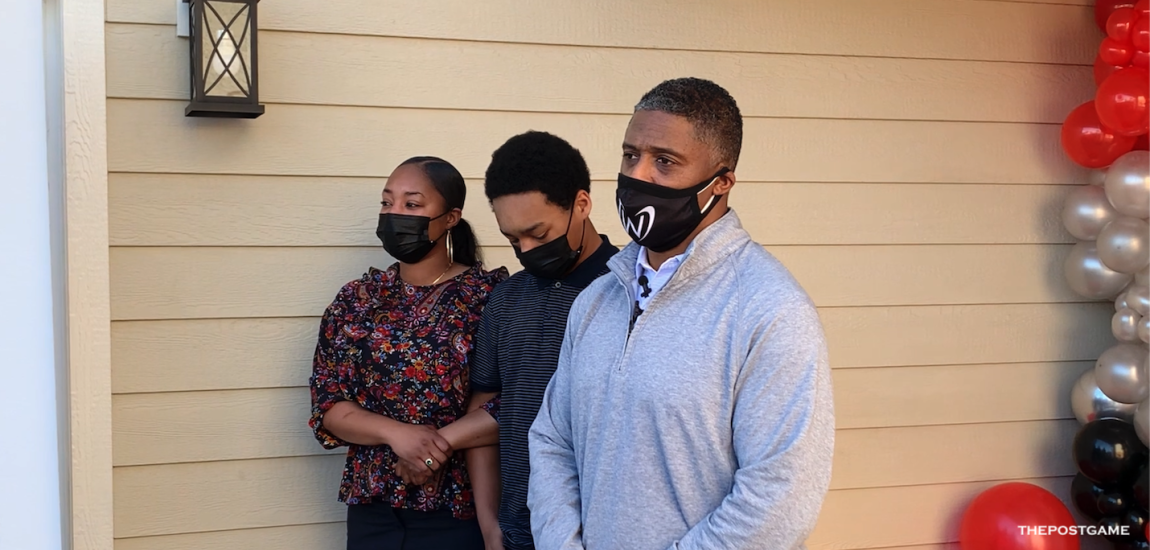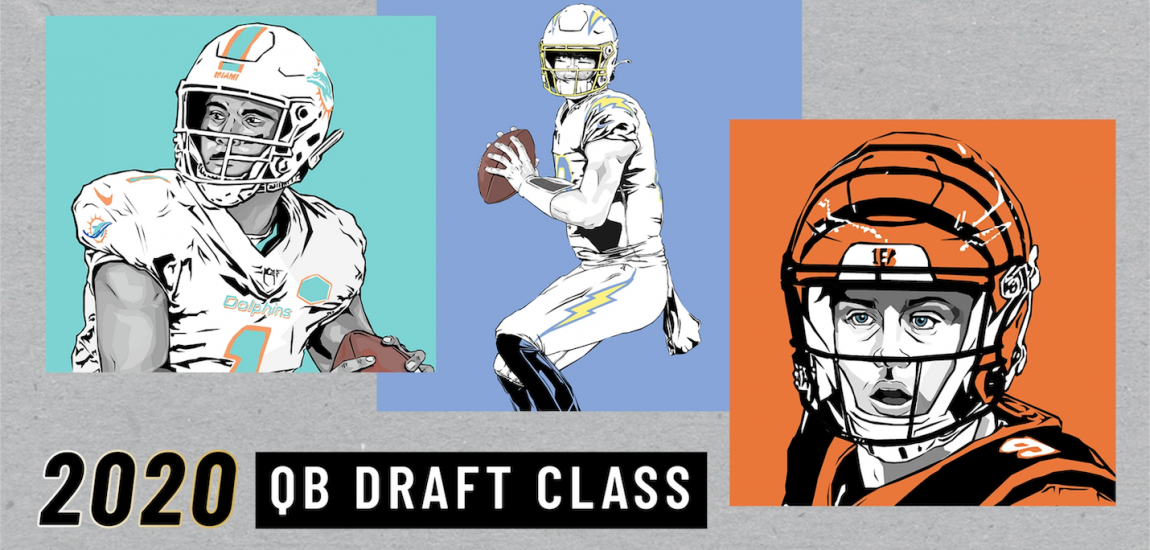The lawsuit by former NFL players against the league claiming lack of warnings to players about the dangers, and alleging studies showing damage were covered up, has generated massive public focus. There is a lawsuit in early stages brought by former college football players alleging that the NCAA failed in its duty to protect athletes that has an even more viable chance of success.

When athletes, who are in the 17-21 year age range suffer a concussion, the ramifications can far exceed those of older athletes. The brain may be still in the process of formation. Recovery time is as much as three times longer than for older athletes. And athletes at this age are still students, required to maintain a full academic schedule and maintain a minimum grade point average. So stronger preventive methods and higher barriers for return to play are needed to guard against the greater threat. The four named plaintiffs, led by former Eastern Illinois football player Adrian Arrington, allege that the opposite is taking place.
The NFL, under the leadership of Commissioner Roger Goodell, has tried to respond to the findings indicating that multiple concussions lead to an exponentially higher risk of dementia, premature senility, chronic traumatic encephalopathy, Parkinson’s and Alzheimer's disease as well as elevated rates of depression. The NFL has a "whistleblower edict" asking players to report their peers they suspect of being concussion impaired on the field. It has mandated baseline testing, the IMPAACT protocol developed by Dr. Mark Lovell, which is a cognitive test, administered pre-season that can be compared with a post-concussion test to dictate when a player is ready to return.
The NCAA has done very little.
Rachel Axon's article in the July 26 edition of the USA Today cites plaintiff allegations that the NCAA displayed a "casual attitude towards concussions." The players allege, based on emails, that "when David Klossner, the NCAA's director of health and safety, pushed in early 2010 for stronger guidelines regarding concussions. Ty Halpin, the director of playing rules administration, wrote a colleague 'Dave is hot/heavy on the concussion stuff. He's been trying to force our rules committees to put in rules that are not good-I think I have finally convinced him to calm down."
Axon reports that in response to an inquiry about concussion standards, David Klossner wrote ,"Well since we don't currently require anything, all steps are higher than ours."
The NCAA certainly has a responsibility to protect the health and safety of college athletes. When its own director of health and safety, trying to remedy the situation, admits that "we don't require anything" by way of warning or return to play requirements, it failed that duty. Hopefully this lawsuit will lead the way to a new demanding protocol that protects these athletes.
-- Leigh Steinberg has represented many of the most successful athletes and coaches in football, basketball, baseball, hockey, boxing and golf, including the first overall pick in the NFL draft an unprecedented eight times, among more than 60 first-round selections. His clients have included Hall of Fame quarterbacks Steve Young, Troy Aikman and Warren Moon, and he served as the inspiration for the movie "Jerry Maguire." Follow him on Twitter @SteinbergSports.




